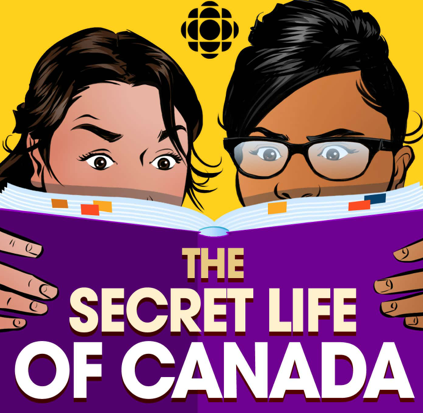Not a “New World”: We Were Here

Aanii and welcome. I’m Mnawaate Gordon-Corbiere. I’m Anishinaabe and Cree from M’Chigeeng First Nation where I grew up, though I’ve spent most of my adult years in Toronto. I’ve recently graduated from U of T’s History and English programs. Since graduating, I’ve been working as a historian mainly in Indigenous history. I’ve teamed up here with Luminato to help you understand Indigenous history, the real history, a little better.
Why Luminato and why now? Let’s just say that you need to understand this history in order to understand Jay Soule’s exhibit Built on Genocide opening on September 22nd, 2021.
Visit Built on Genocide at Harbourfront Centre
Built on Genocide is a large-scale installation by multidisciplinary Indigenous artist Jay Soule | CHIPPEWAR , reflecting the historical events and colonial policies throughout Canada’s history that have deliberately undermined and destroyed Indigenous livelihoods.
Running September 22 – October 24, 2021 at Harbourfront Centre.
Maybe you’re shocked or confused by the word “genocide”? Are you asking yourself what it’s referring to? Keep reading you’ll understand soon enough. Through this series I want you to learn the Indigenous side of Canadian history. Let’s be honest, the history you were taught in school likely didn’t mention Indigenous peoples very much. Indigenous people have the longest history on this continent and it’s often forgotten or overlooked. That’s a problem.
A Brief Overview of Indigenous History
Let’s start with a brief overview of Indigenous history since the first occupation of the northern half of North America (what is now defined as Canada) up to just before contact with Europeans. In further posts we’ll connect Indigenous history with what’s happening today regarding topics like the Truth and Reconciliation Commission, water protection, and land sovereignty. But I want to begin with a historical background before getting into those issues.
Some of the earliest known occupants of the area were in 9,000 BCE when glaciers had receded making the area more habitable. This long occupation is too often forgotten but everyone who lives here should realize Indigenous peoples have been here for thousands of years! Though the Paleo-Arctic and Paleo-Indian (aka Clovis) people both hunted caribou, bison, and possibly mammoth, they used different tools. Paleo-Arctic people fashioned microblades from stone chips while the Paleo-Indian people made the larger Clovis point.
Listen to The Secret Life of Canada Podcast on CBC: Kanesatake 300 Years Later (Part 1)
Anniversaries can be a strange thing in Canada, depending on who you are and which side you’re watching from. It’s been 30 years since an event you may know as the Oka crisis; but that’s not where the story begins for this podcast.
In this first part of a two part episode, Leah and Falen look at the 300 year lead up to the “crisis” on Mohawk land.
Following the Paleo period was the Archaic period which started around 7,000 BCE when the Northern Hemisphere’s climate warmed. This brought change to the landscape and caused the extinction of some animals. As landscapes became more varied across the continent, different cultures began to emerge. Archaic peoples’ tools became more advanced and religions started to form, evidenced by elaborate burial sites. The period ended around 1,000 BCE.
From this point cultures only become more complex as multiple diverse Indigenous nations that we know today began to form. Though Europeans claimed that the nations here were simple, they were not. They were complex and very different from European society and culture. Europeans only said such things to justify taking over Indigenous land. Due to the extreme variation between nations we will look at four different areas: the Northeast, The Prairies, the Northwest, and the Arctic & Subarctic and how peoples in these areas progressed over time.
Though Europeans claimed that the nations here were simple, they were not. They were complex and very different from European society and culture. Europeans only said such things to justify taking over Indigenous land.
The Northeast comprised such nations as the Nitassinan, Wabanaki, Haudenosaunee, Algonquin, Ojibwe, Wendat, Cree and more. Languages spoken were based on either the Iroquoian, Algonquian, or Cree language families. Algonquian and Cree, the nations I am a part of and am most familiar with, form the language base of the territory now known as Toronto. The landscape was mainly characterized by rolling hills and bluffs, waterways and lakes, and deciduous forests; today this area encompasses Manitoba to the East Coast.
“As long as you know who you are, that’s all that matters.”
Cotee Harper
First Nations Collaborative Dancer Cotee Harper shares her perspectives on choosing to live in the city and the significance of dance as storytelling.
This landscape meant that the nations living here hunted moose, deer, elk, and fowl, caught freshwater fish or shellfish, and also depended on wild plants including wild rice. When the corn crop came from the south around 1000 CE, many nations in this area began harvesting it along with beans and squash.
- Try a Three Sisters (corn, beans, and squash) soup recipe! Click here for the recipe
They lived in domed houses made from wooden poles covered usually in birchbark, the size varied depending on how many lived in it. Though a lot has changed, a lot of the landscape and wildlife are still the same here in M’Chigeeng. Our diets today are more varied but these meats and crops are still included.
The Prairie Indigenous nations which included the Cree, Ojibwe, Assiniboine, Tsuu T’ina, and Niitsitapi. Languages spoken come from Cree, Algonquian, Dene, or Siouan language families. If you have ever been there you know the Plains landscape is made of flat grassland with some rivers throughout. Today the area is within Manitoba, Saskatchewan, and Alberta. Nations in this region relied heavily on the bison (buffalo) for subsistence and materials though other game and wild plants like berries also supplemented their diet. They lived in tipis covered in bison hides, which were easy to set up and transport during the hunt. Much of the traditions of this group, like tipis and headdresses, became symbols of all Indigenous nations according to colonists who saw all Indigenous nations one-dimensionally.
Get to know Canada’s Buffalo
Learn about Canada’s Buffalo in this blog post from Nature Canada
- Read more in The Buffalo People: Pre-contact Archaeology on the Canadian Plains by Liz Bryan
The furthest west group is the Northwest which includes a large variety of nations including the Haida, Tlingit Aani, Wetʼsuwetʼen, Tsimshian, and Coast Salish to name a few. There is also a large variety of languages though most stem from Haida, Lingit, Tsimshian, Wakashan, or Salish languages. The Rocky Mountains make up a large majority of the landscape of this region which also includes the coast along the Pacific Ocean. Both of these factors affected the way these nations lived, they ate fish, shellfish, sea mammals, birds, and plants. They lived in plank houses with planks that could be removed to use at other camps. The totem poles of this nation were also turned into a pan-Indigenous symbol, though only used by this group.
Watch: Canada Needs Thriving Indigenous Languages
Khelsilem shares the reasons we need thriving indigenous languages and how we can make it happen
The final group to the north of all others is the Arctic and Subarctic which covers the present Yukon, Northwest Territories, and Nunavut. This includes the Inuit and Dene which both include many subgroups within them. Languages spoken are either based on the Inuit or Dene language families. The landscape was generally flat with a cold climate and boreal forests in more southern areas. They subsisted off of sea mammals, fish, and game, plants were hard to come by for northerly nations. House type varied based on the climate and season ranging from igloos to animal hide covered tipis to partially underground lodges. Though this is a harsh landscape they were able to adapt to their surroundings and create technology like oil lamps and the seal skin boat.
Watch: Umiaq Skin Boat
Watch how a tradtional Inuit boat is made in Umiaq Skin Boat
- Read more in Uqalurait: An Oral History of Nunavut by John Bennett
What I’ve shared with you here is not comprehensive. There’s a lot more to learn but the key fact I want you to know is this land was not
empty when the colonists arrived. The Indigenous peoples living here (and still living here) had complex cultures and varied ways of living that fit with the ecosystems they lived within.
In the next few posts, I’ll share more with you about historical Indigenous issues like first contact and treaties. And I haven’t forgotten your question and confusion about genocide. We’re going to talk about the many ways genocide has, and is, impacting Indigenous nations.
Indigenous Languages & Nations Across Canada
Explore a language map of Indigenous nations in Canada
- Learn more in Mapping Indigenous Languages in Canada
- View the traditional territories of Indigenous nations around the world in this map here
Read the next post: Who Wrote Canada’s History? The real story of first contact.
About the Author
Mnawaate Gordon-Corbiere is Grouse clan and a member of M’Chigeeng First Nation. She is Ojibwe and Cree. Born in Toronto and raised in M’Chigeeng, in 2019 she obtained her BA in History and English from the University of Toronto.
Since graduation, she has been working in the heritage sector with a focus on Indigenous history. Her most recent project was working as a co-editor for the historical anthology Indigenous Toronto: Stories that Carry This Place released in spring 2021.
About Built on Genocide
Built on Genocide is a large-scale installation by multidisciplinary artist Jay Soule | CHIPPEWAR, reflecting the events and policies throughout Canada’s history that have deliberately undermined and destroyed Indigenous livelihoods.
The work is influenced by the mass genocide of the buffalo as a result of the colonial railway expansion. The buffalo decimation is an underacknowledged but foundational aspect of “Canadian” history, with consequences that persist today. Built on Genocide will address the direct correlation between the genocide of the buffalo and the genocide of Indigenous peoples in Canada.
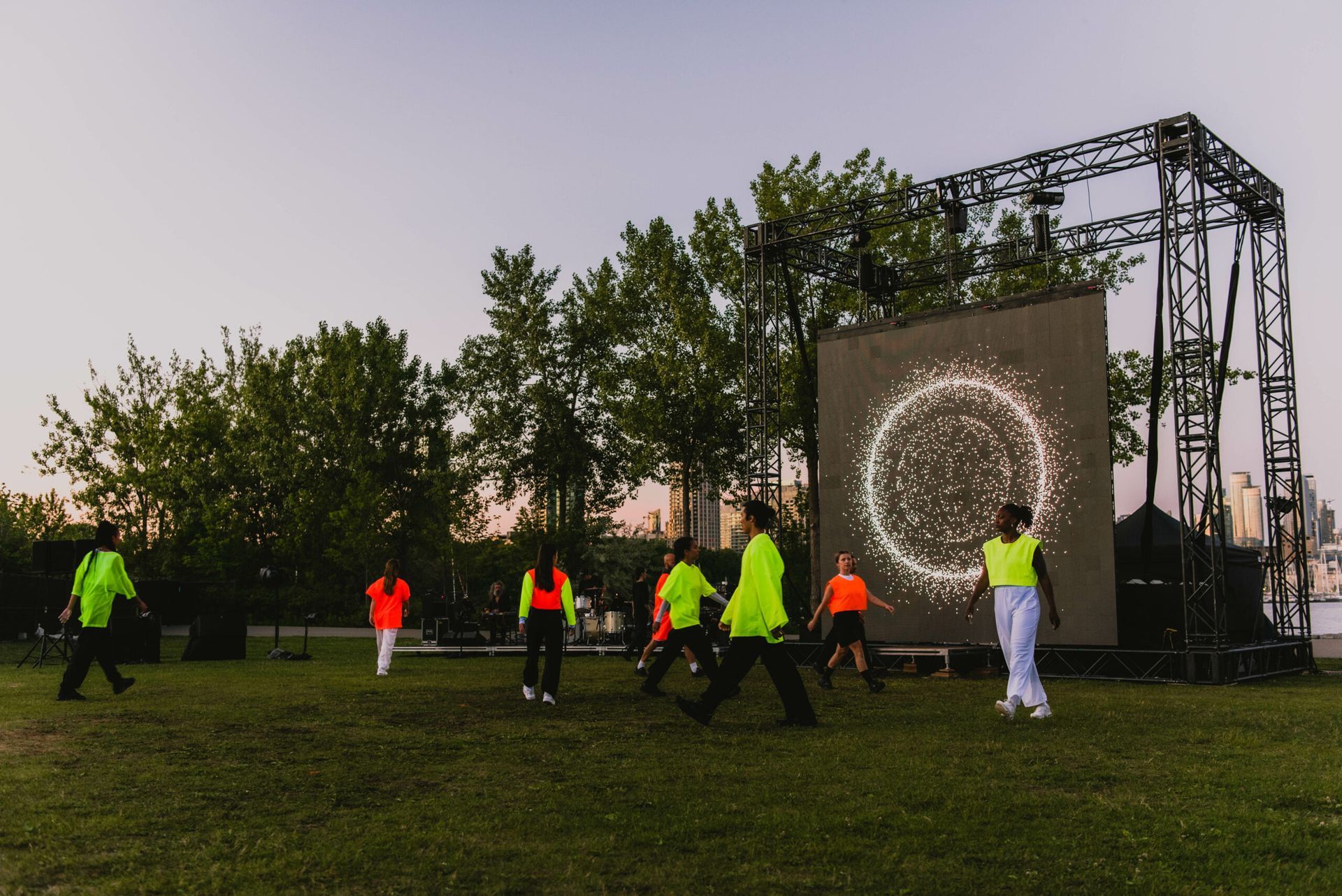
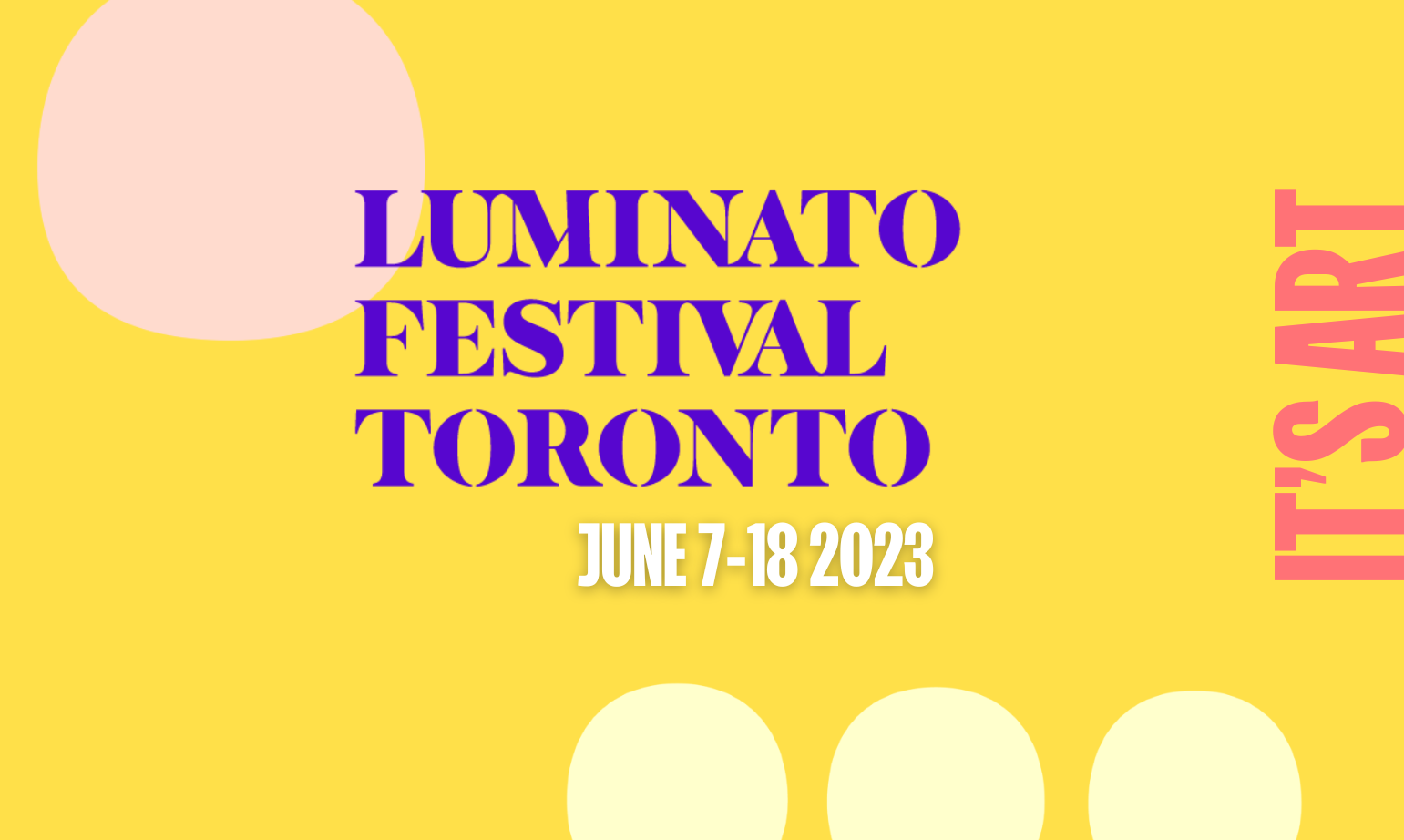
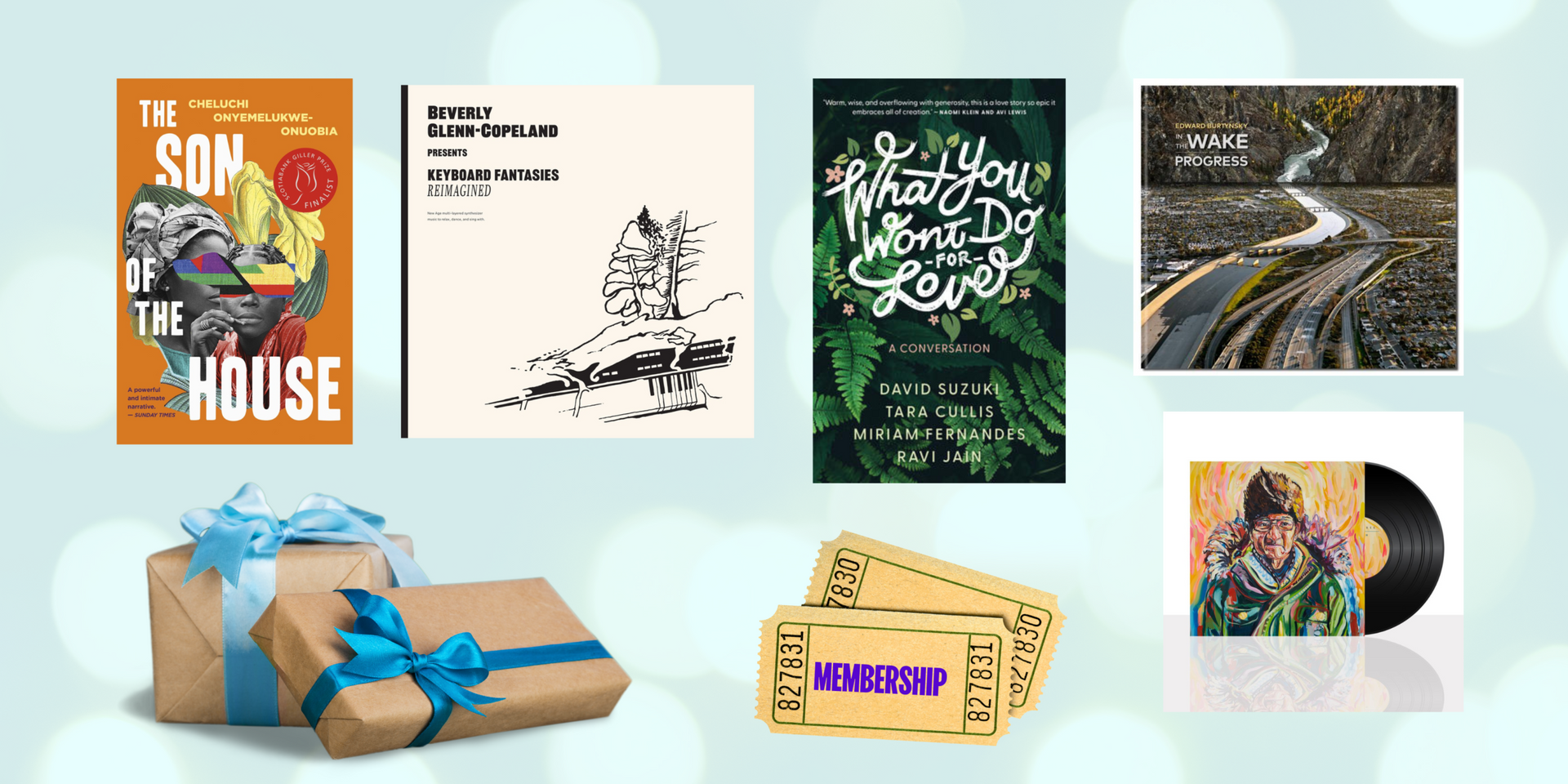
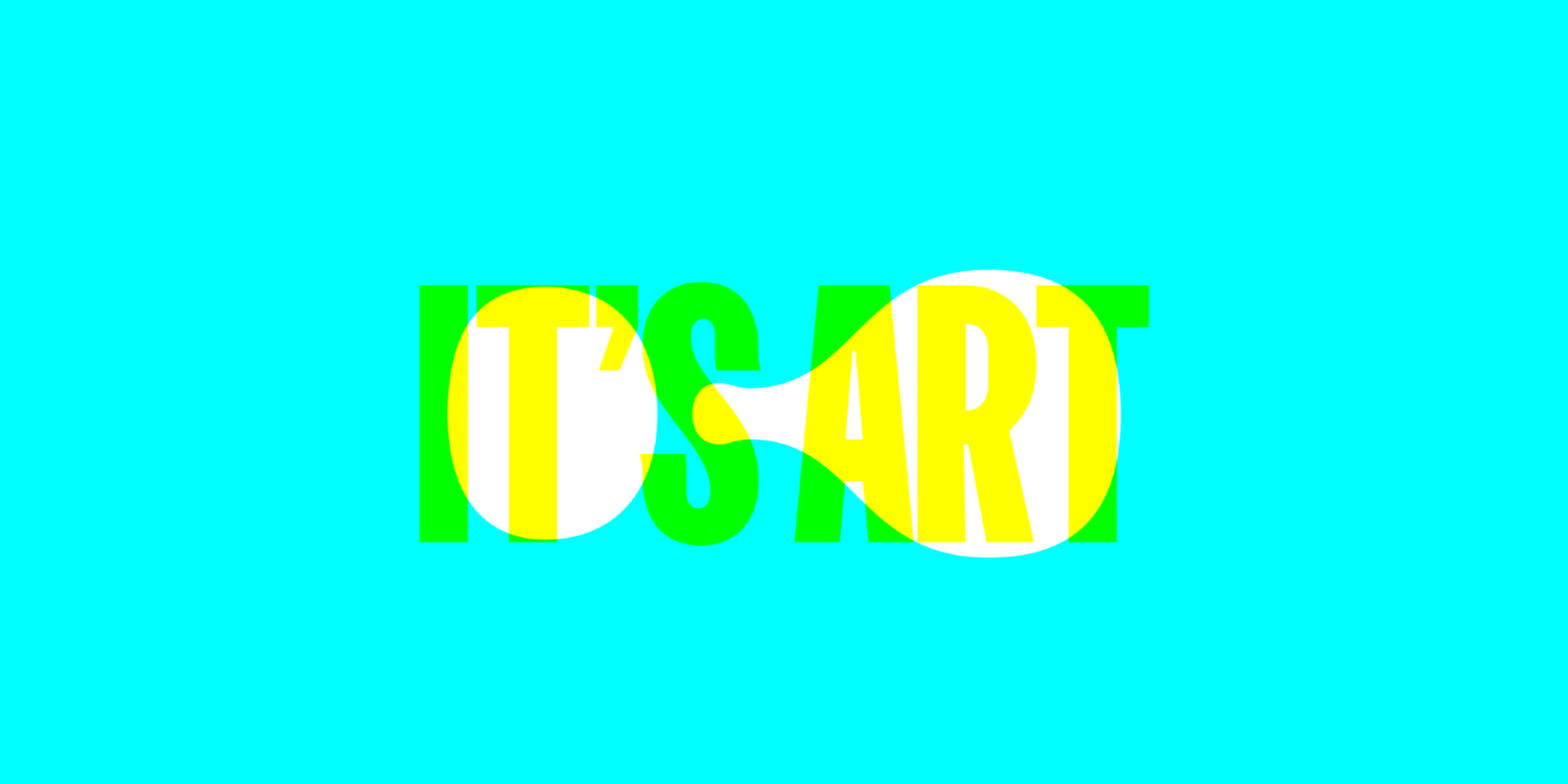
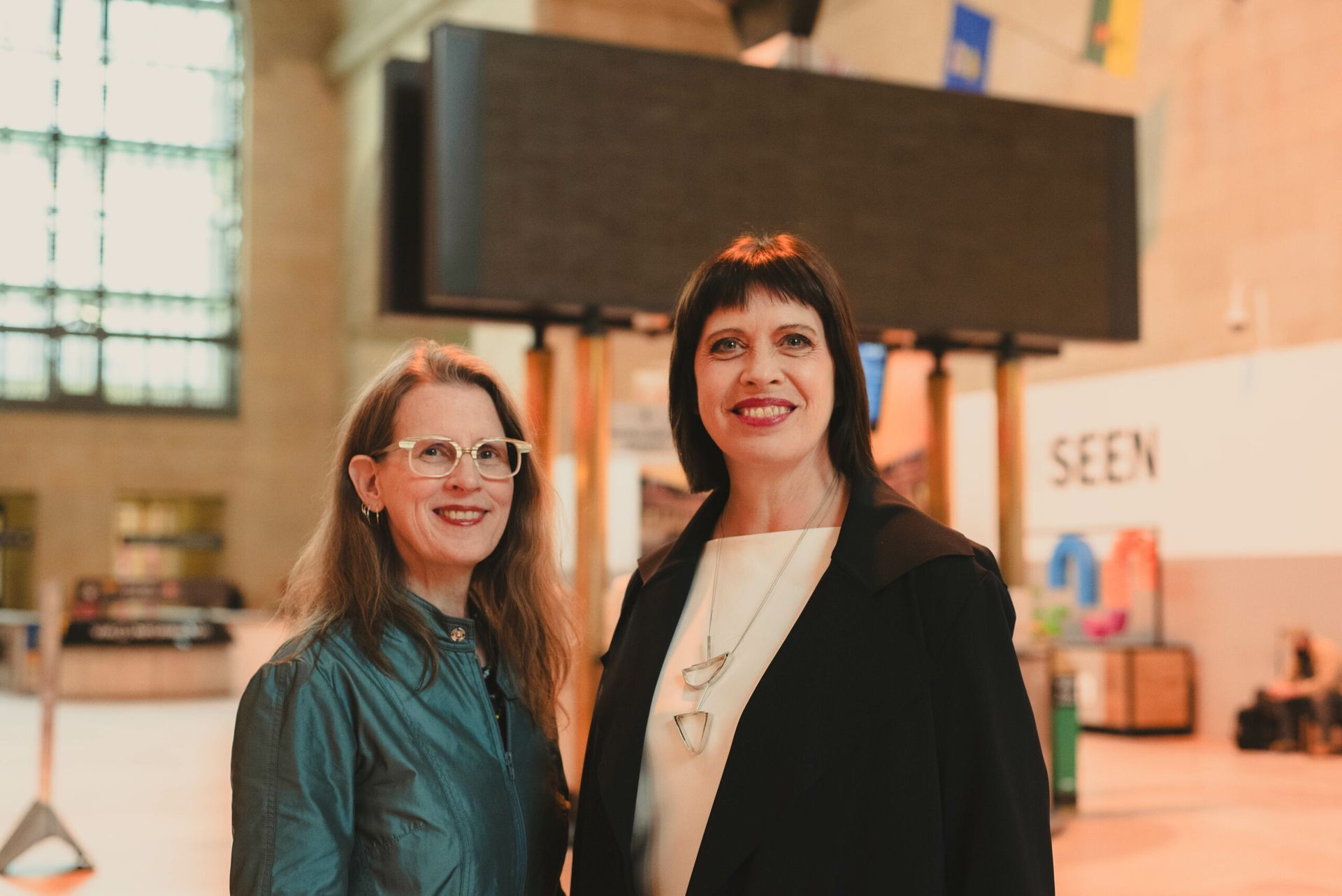
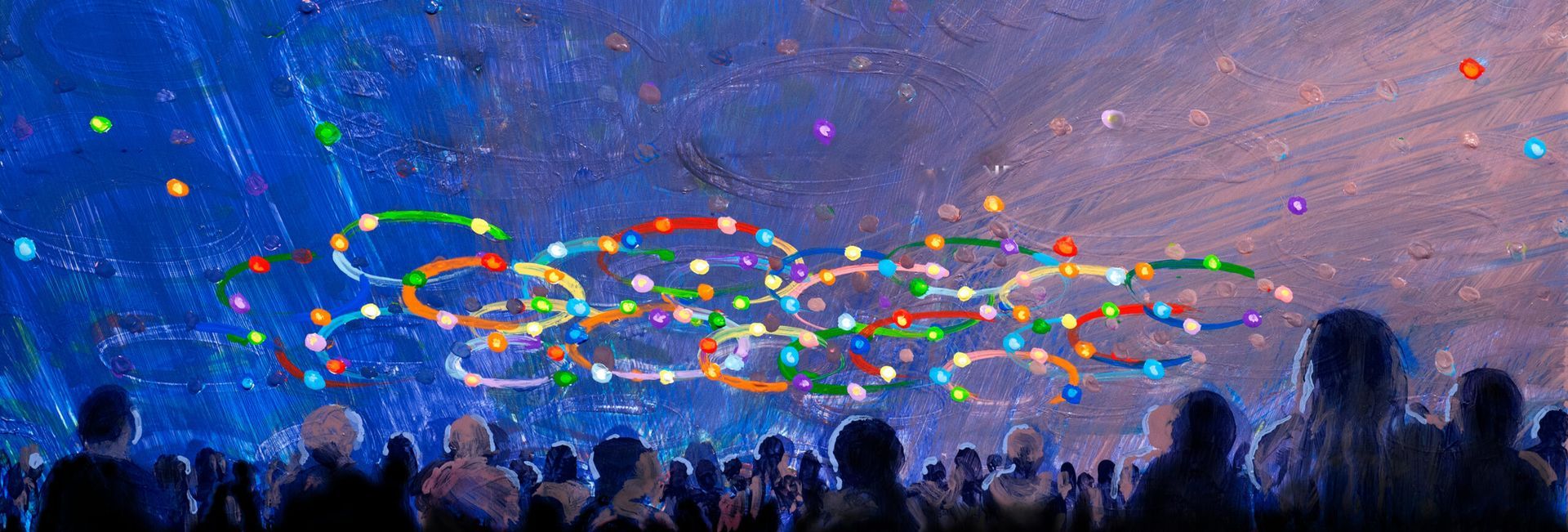
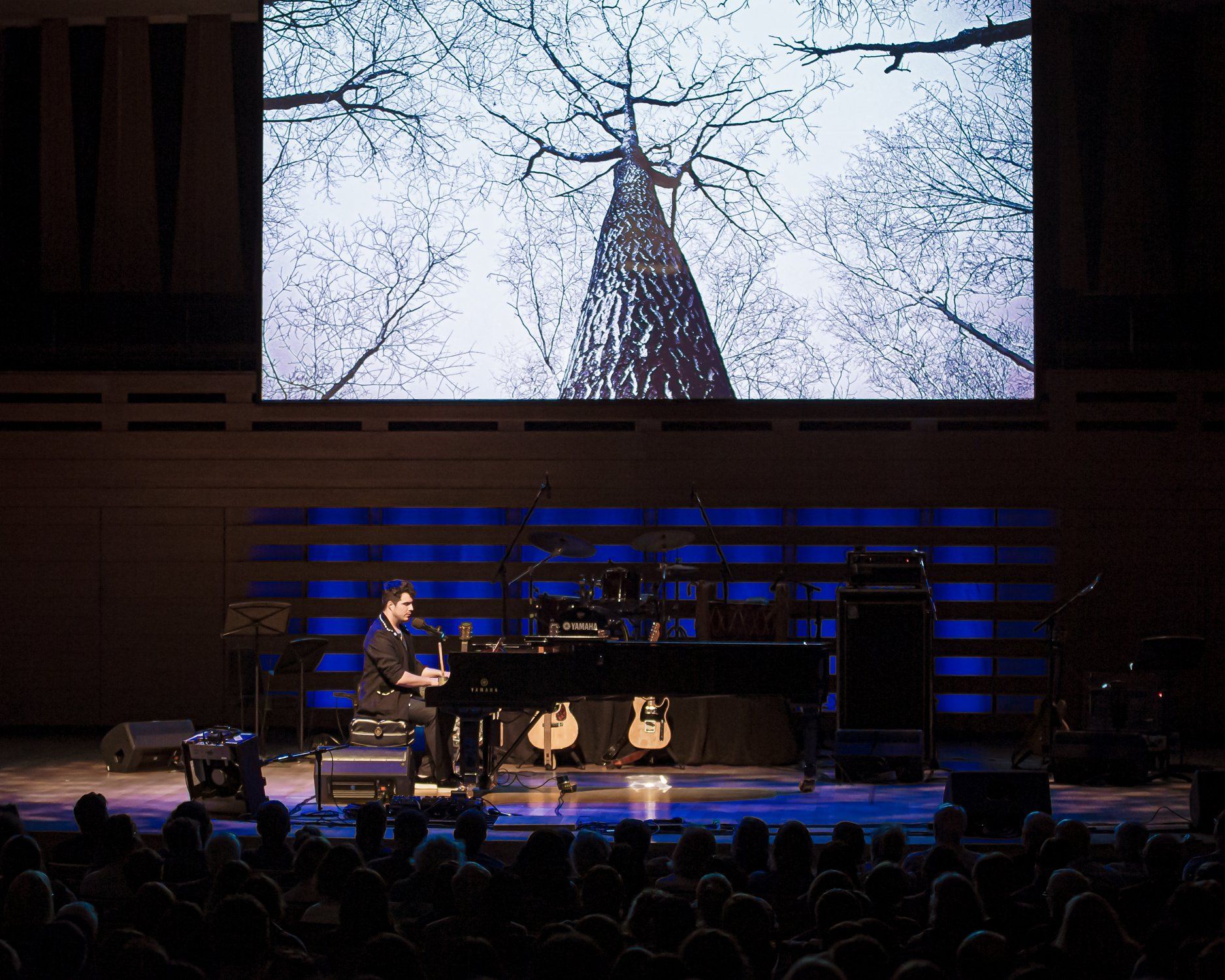
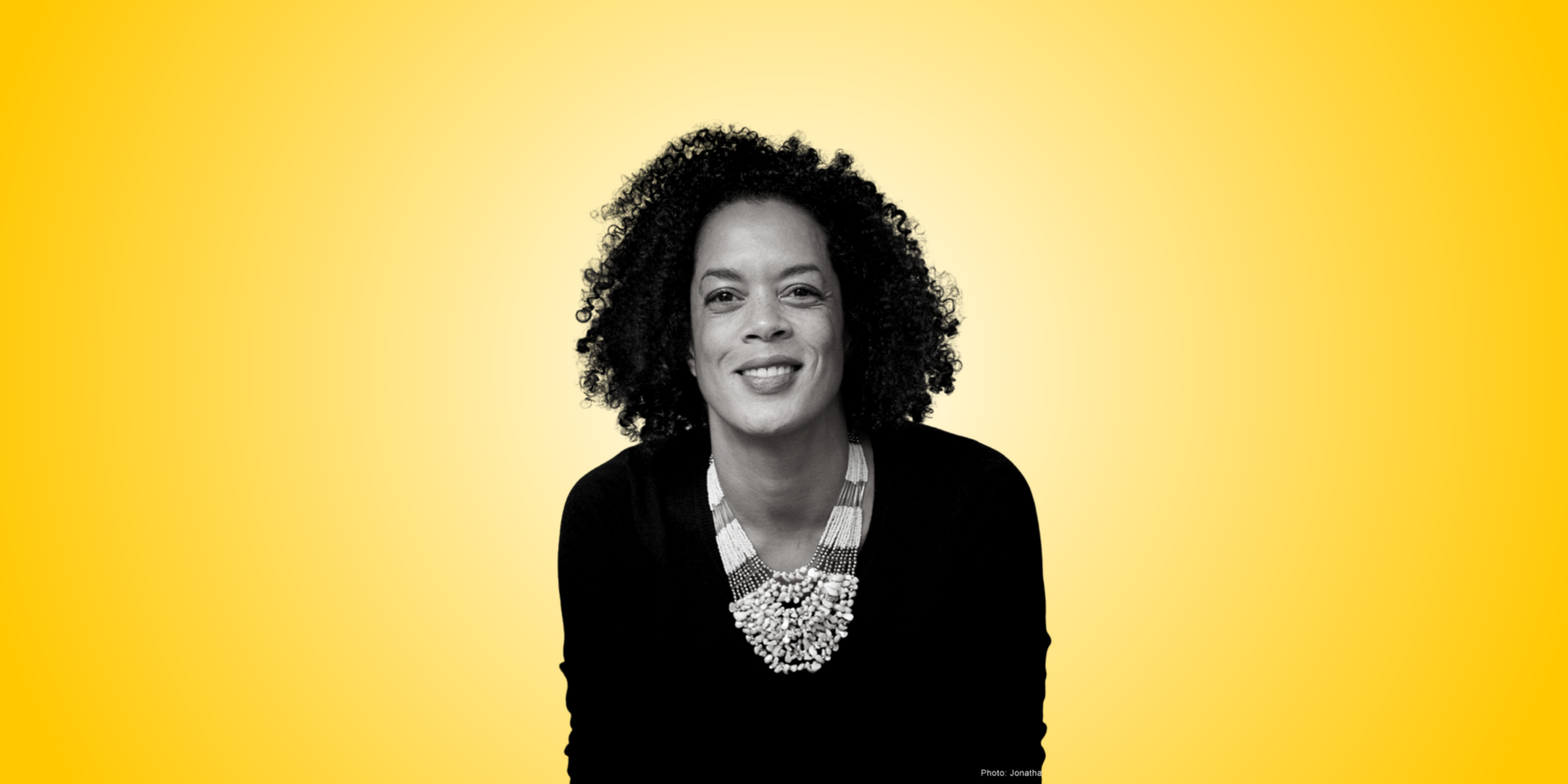
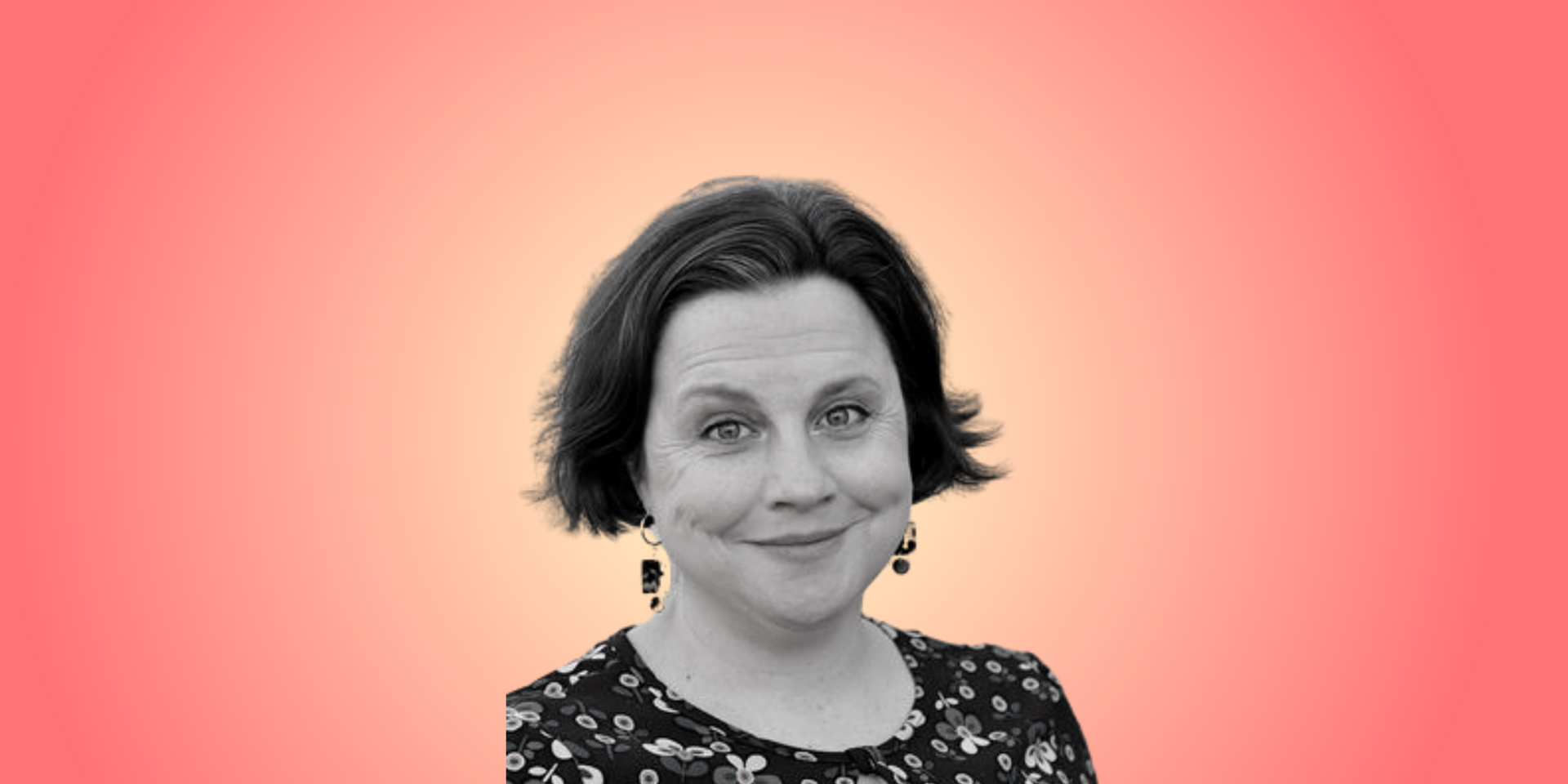
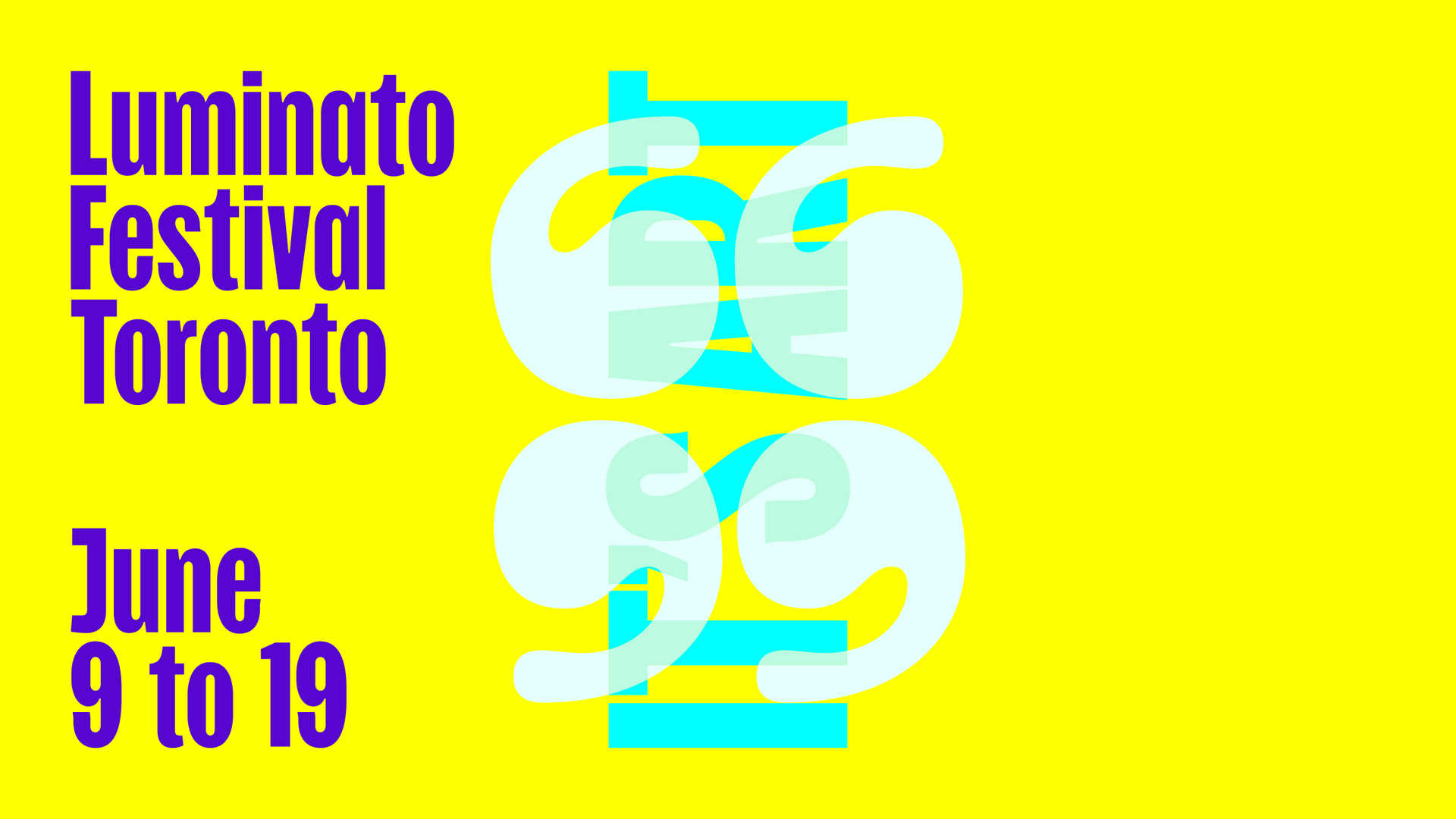
© 2025 Luminato Festival Toronto, All rights reserved.
Privacy Policy
|
Terms and Conditions
